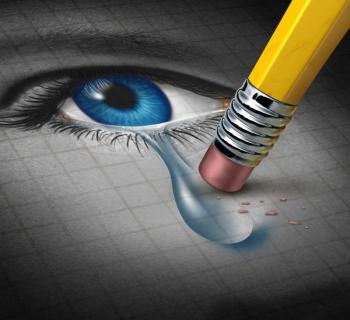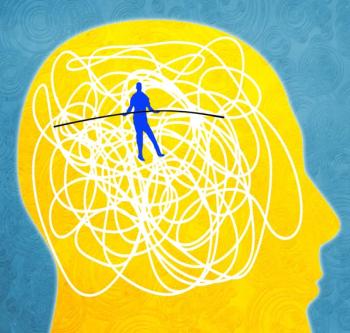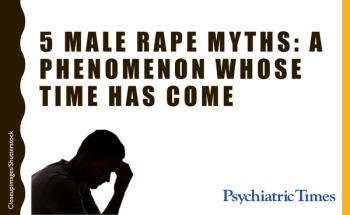
Fire setting is the current preferred term in the literature to describe acts of deliberately started fires regardless of their legal or diagnostic status.

Fire setting is the current preferred term in the literature to describe acts of deliberately started fires regardless of their legal or diagnostic status.

Sometimes the best medicine is understanding.

Survivors of abuse need help now more than ever.

Question and consider how people adapt, how families/communities cope, and how physicians should engage with trauma.

Patients want to pass on many things to their children; trauma is not one of them.

There is an increase in reports of domestic violence. How can you resolve domestic disharmony with your significant other and your family unit as a whole?

A behavior analyst shares his stories and information on establishing appropriate replacement behaviors for patients with traumatic brain injuries and problematic behavior.

March 2020, as Dr Jack Rozel tells it, saw the most guns ever sold in 1 month. What is motivating this fear-driven purchasing? Better yet, what can you do to understand and prevent gun violence?

Even individuals who escaped from the burning towers needed years to recover.

Without normative attachment, children can move into their middle years without the tools to succeed in peer relationships, school, and extracurricular activities, opening the door to perils in adolescence.

Local, state, and federal officials are rushing to implement massively life-altering measures in the current pandemic even as we enter a situation that is still poorly understood.

Here are 5 rape myths perpetuated in our culture, in law enforcement and the military, and in medicine and mental health.

Clinicians work with more male sexual abuse survivors than they may think.

An overview of the theoretical and empirical literature linking PTSD, substance use, and IPV, as well as risk factors for depression and other psychiatric disorders.

Most of us remember where we were when the terrorist bomb shattered our sense of peace in this usually quiet community. The shockwave travelled for miles and across time.

The articles in this Special Report focus on the interplay between trauma and its consequences, including violent behaviors, substance use disorders, and stroke. Taken together, the articles may contribute to a better understanding of-and treatment development for-patients exposed to trauma.

Ultimately, the decision about involuntary treatment is about risk, not predictable outcomes. In many cases, however, these decisions are much more difficult and, until our crystal balls arrive, our best efforts may still fall short.

Psychotic violence is associated with primary psychotic disorders such as schizophrenia, schizoaffective disorder, and bipolar disorder. While it may be that psychotic violence is the least common type of violence in inpatient environments, it is also the most treatable.

This generation of young people may have a unique risk of exposure to stress and researchers and clinicians are increasingly concerned about the long-term health consequences of such chronic exposure for young adults.

How can a human being commit such acts without being under the influence of some powerful “alien” force? How can they not be "mentally ill"? Here's how.

Key points regarding intimate partner violence.

A tripartite dimensional approach may be used to better understand the mental functioning of those who commit mass violence.

When it comes to mass shooters, persistent emotional disturbance is not the same as frank “mental illness.” Exploring the spectrum of psychopathology.

On October 23, 2019, Senator John Cornyn (R-TX) introduced the Restoring, Enhancing, Strengthening and Promoting Our Nation’s Safety (RESPONSE) Act: a proposed legislative solution to mass shootings.

As historians and mental health professionals both know, in the words of the writer William Faulkner, “The past is never dead. It’s not even past.”